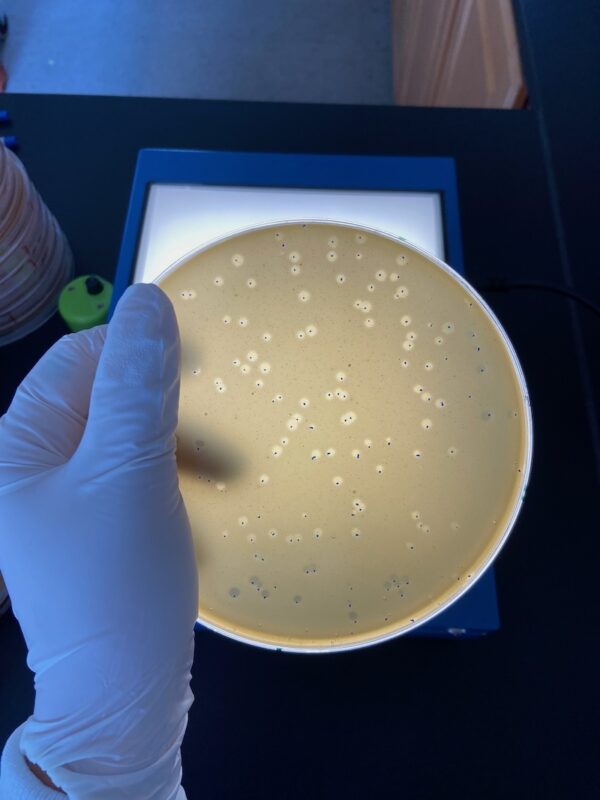EPA Star Project

MASSTC was awarded 1.2 million dollars under the Viral Pathogen and Surrogate Approaches
for Assessing Treatment Performance in Water Reuse RFA within the EPA STAR (Science to
Achieve Results) program in 2021. This project, titled Human Enteric Viruses and Viral
Surrogates as Measures of Water Reuse Potential from Centralized and Decentralized
Wastewater Treatment, takes advantage of existing infrastructure at MASSTC to continue virus
research that began during the Groundwater Separation Study which used constructed test cells
to represent virus removal capabilities of a standard title 5 leach field at varying depths. The
funding awarded by the Massachusetts Department of Environmental Protection (MassDEP)
under the Section 319 Nonpoint Source Competitive Grants program for the groundwater
separation study supported the construction of MASSTC’s laboratory facilities which are
outfitted for viral and bacterial analysis of wastewater.
Study Design and Featured Technologies
The EPA STAR project investigates decentralized wastewater treatment modalities and municipal
treatment unit processes for their capability to remove human enteric viruses to a level that will
allow safe reuse of treated wastewater. By sampling the groundwater-separation test cells at
MASSTC, we will determine the fate of indigenous human adenoviruses and noroviruses, and
five viral surrogates subjected to various treatments by concurrently measuring the levels of
these microbial targets using state-of-the-art culturable and molecular (genomic) analytical
methods.
In addition to the constructed test cells, which undergo traditional soil treatment, other
technologies featured in the study include:
-A closed loop toilet that uses biodegradation to break down wastewater and self-chlorinates
using an electrochemical reactor
-A biogas toilet that uses biodigestion to produce usable methane gas
-A drip-dispersal system
-A membrane bioreactor
-Cellulose based denitrification systems
-Municipal treatment technologies
The goal of the study is to determine any significant correlations between the occurrence and
the log10 reduction values (LRV) of the five viral surrogates and the human pathogenic enteric
adenoviruses and noroviruses. Accordingly, throughout the technology testing process, LRV of
genomic copies measured by ddPCR and of cultured male-specific and somatic coliphages will
be compared. Any significant correlations will serve to validate the use of one or more of these
five viral surrogate assays to predict the effectiveness of wastewater treatment modalities for
the selected pathogenic enteric viruses and provide economical and available means to assess
the health risk for wastewater treatment trials in the future.

Target Organisms and Public Health Implications
Indigenous male-specific and somatic coliphages will be concentrated and cultured using EPA
Method 1642 and 1643 on site at MASSTC, while concurrent concentrated samples will be
transported to MassDEP-WES where droplet digital (ddPCR) will be used to assay indigenous
human adenoviruses, human noroviruses GI and GII, as well as the human viral surrogates
crAssphage, pepper mild mottle virus, and human associated Bacteroides HF183 target gene
sequence.
